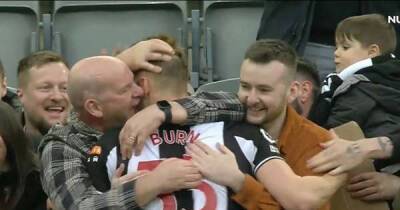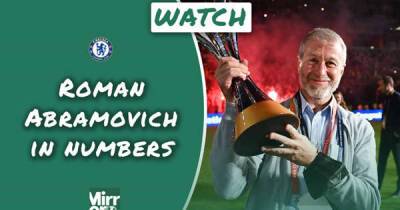Before Brooklyn: the secret heroes who helped break baseball’s color barrier
Decades after the installation of a color barrier in professional baseball, one of the nation’s top Black athletes – Jackie Robinson – stood on a Major League field for a tryout. Infield practice, batting practice, fungoes – he did it all, including some memorable shots against the wall in left field.
This did not take place at the Brooklyn Dodgers’ Ebbets Field, where Robinson would integrate the majors on 15 April 1947 though. Rather, it happened two years earlier, almost to the day, at Fenway Park. On 16 April 1945, the Boston Red Sox held a tryout for three Black players – Robinson, Sam Jethroe and Marvin Williams. No job offers resulted, and the Red Sox ended up becoming the last MLB team to integrate, over a decade later. That the tryout took place at all is a testament to two determined individuals – Isadore Muchnick, a white Boston city councilor, and Wendell Smith, a Black sportswriter. A new book honors such advocates in the long battle for integration on the diamond – Before Brooklyn: The Unsung Heroes Who Helped Break Baseball’s Color Barrier by Boston-based journalist Ted Reinstein.
“It struck me that while some people who were involved in that story have some degree of fame – some of them were famous like Satchel Paige and Josh Gibson – many people who were part of the story did not necessarily play baseball at all,” Reinstein says.
He cites the Black press, which covered the Negro Leagues at a time when the white media largely ignored the story. And he mentions Black porters on Pullman train cars who risked their jobs to secretly bring aboard newspapers such as Smith’s Pittsburgh Courier, which found their way to Black households across the US, spreading the word about the Negro Leagues.
“I began to






